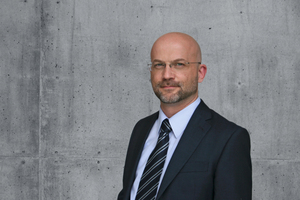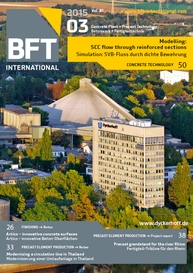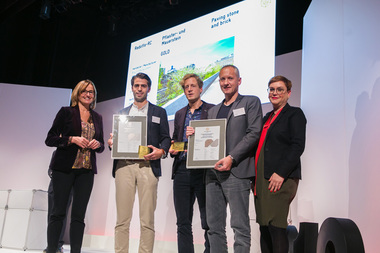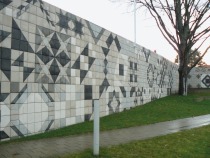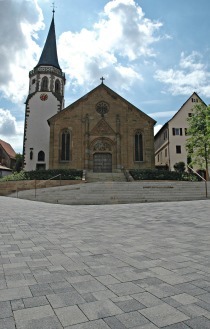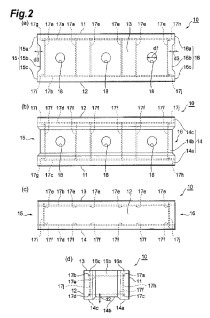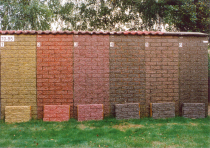Need for explanation
The telephone rings in the editorial office. The caller, a journalist, has read that concrete contributes to sustainable building already now and will in future contribute even more. She is skeptical. She associates concrete most of all with the gray construction sins of the 1980s. And she does not believe that concrete is an intelligent construction material whose properties can be adapted to specific requirements. Cleaning the air with concrete – is in her opinion a marketing trick. And that is why she is researching.
Is the caller dim-witted or uneducated? Hardly. She works for one of the most respected quality newspapers in Germany. Is she ignorant or malicious? That is most likely not the case. In our conversation she appeared to be open and pleasant. It was most probably something different: the successes our industry has achieved in ongoing development of concrete as a construction material are not widely known. Admittedly: that a gray lifeless block that paves the sidewalk is supposed to actively filter pollutants out of the air may perhaps make sense to an informed expert. The average citizen, though, might well consider it a hoax.
The more complex our products become, the more important it will be to describe their properties in language that is easy to understand. We need to emphasize the benefits. At least as important, though, is to point out gaps in research and the need for further development. That a balanced presentation inspires trust among listeners was also confirmed by the telephone conversation mentioned earlier. The skepticism of the journalist after a while gave way to genuine interest. In her article she now intends to report on the possibilities that the concrete offers as a construction material.

